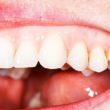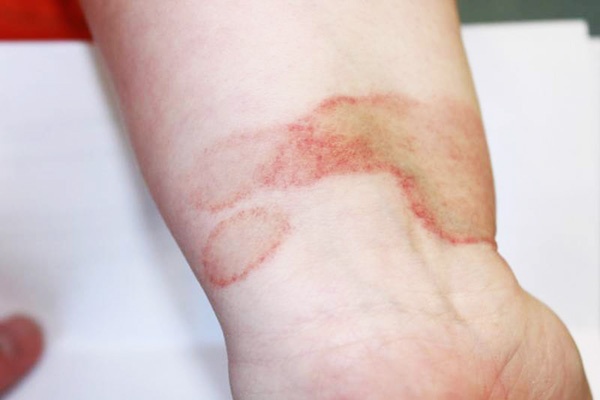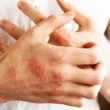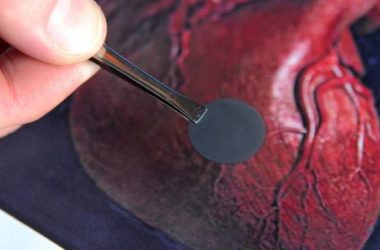The smallest blood vessels in your body are called capillaries, and they are the ones that bring oxygen from larger blood vessels to your tissues. Your skin has plenty of capillaries in it. There are instances in which those capillaries become inflamed, allowing blood cells to pass through the walls of the affected sections and cause brown or red spots or patches to appear on the skin. This is what’s called by the experts as capillaritis.
If you want to learn more about capillaritis, keep on reading. Don’t forget to repost this article later on to get everyone you care about acquainted with it, too.
It’s Harmless
Even though it can look alarming at times, capillaritis is actually a harmless condition. It usually resolves on its own, although the brown or red spots (depending on the skin color of the individual) may stay around for days, weeks or even months.
By the way, the spots produced are called cayenne pepper spots due to the fact that they make it seem like cayenne pepper is sprinkled onto the skin of the individual.
The color of spots or patches may vary over time and this should not be a cause of alarm. Experts say that such change in color is simply due to the different stages of the breaking down of blood that has escaped the affected capillaries.
Causes
There are many different things that can cause capillaritis to strike. For instance, it’s something that you may encounter especially after engaging in intense exercise. Being a fitness buff, you may have capillaritis only once or several times in your life.
Standing for long periods of time may also bring about capillaritis. It’s exactly for this reason why the condition is commonly seen in individuals whose jobs require them to remain on their feet for several hours.
It’s possible for certain medications to cause capillaritis, too. Non-steroidal anti-inflammatory drugs or NSAIDs are some of those that are notorious for triggering it. Experts say that artificial coloring agents and preservatives in food may also be blamed for capillaritis.
Capillaritis are more common in older adults, although young adults may have them too. Capillaritis is rarely seen in children.
Signs and Symptoms
The color of the spots produced may vary, depending on the skin color of the person. In individuals with dark-colored skin, the spots may appear brown. Those with light-colored skin may develop spots that are red in color.
It’s possible for the spots to appear very close to one another, causing patches to appear on the skin rather than spots.
There are a handful of types of capillaritis, depending on their appearance, symptoms and cause. Many of them are named after the dermatologists that first described them. For instance, the most common form of capillaritis is called Schamberg disease, and it is characterized by the appearance of reddish brown patches with cayenne pepper spots around them.
Then there’s also what’s called Doucas-Kapetanakis eczematid-like purpura that looks just like Schamberg disease, although the skin discoloration feels itchy.
Exercise-induced capillaritis, just like what its name suggests, is capillaritis that is due to exercising. It often appears during or after intense or prolonged exercise, such as running, dancing or playing golf for hours. It’s possible for the person to encounter a burning sensation each time new spots or patches show up.
Treatment
Because it is not a serious condition, capillaritis does not usually require any treatment. It’s important to figure out the root cause in order to keep it from striking. For instance, a different medication may be taken or foods with artificial coloring agents and ingredients may be avoided.
If there’s itchiness present, topical corticosteroids may be recommended by a doctor. The use of compression stockings may be beneficial for those who need to stand for long periods of time.
Phototherapy may help clear the spots or patches, but it cannot keep capillaritis from happening.












